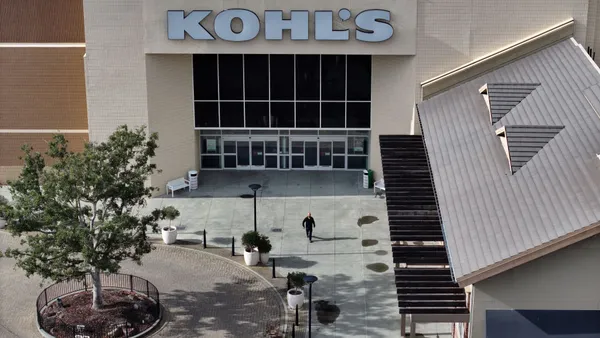Dive Brief:
-
Agility Robotics has introduced a bipedal walking robot named Cassie that the startup is positioning for several possible applications, including home delivery of packages.
-
Cassie follows in the footsteps of a robot named ATRIAS featured in a popular YouTube video in which the it was hit repeatedly with dodgeballs as a challenge for keeping its balance. In comparison to ATRIAS, Cassie features upgrades such as improved hip joints, which make the robot easier to steer. Cassie eventually will be equipped with arms and sensors as well.
-
Agility was funded with a $1 million DARPA grant and started by the Oregon State University researchers that created Cassie.
Dive Insight:
We're starting to see all kinds of automated or remotely operated delivery vehicles, among them driverless cars, flying drones, six-wheeled rolling robots and now two-legged robots that may not look so human, but are crafted to walk and get around like we do.
For all of the differences between these various innovations, all of them have intriguing potential to radically change last-mile delivery, making it more efficient and cost-effective. Is there room in the market for all of these delivery vehicles, or does one have to win out — and if so, which one? The squat six-wheeler from Starship Technologies seems much more market-ready for retail delivery applications than Cassie (the poor girl still awaiting her arms.) Meanwhile, drones may be fast and direct, but lack of governing regulations, as well as security and safety concerns, are keeping them from maturing beyond the controlled beta phase for now. But maybe there is room in the market for all of these options, depending on the inclinations and needs of the company that wants to use them.
A competitive ecosystem with a variety of choices is better than having to rely on one particular company with one approach. Eventually — and we're talking down the road several years — retailers and their delivery partners may choose to use a couple of different delivery robots, perhaps depending on how far they have to travel or how much they want the robot to interact with customers. The pet-like Starship is pretty non-threatening coming to your door, but it's also easy to imagine Cassie looking a lot more human-like with additional limbs and other adjustments. Perhaps a much further developed bipedal robot is the answer if customers show a preference for delivery robots that remind them of delivery people.
As with drones, Cassie is being aimed at a variety of industrial and personal applications, and not reliant on the whims of logistics companies or the iffy timing of retail package delivery regulations to succeed. That may help Cassie — or whatever Agility's next generation is called — remain in the package delivery race until retail and delivery companies are ready for them. At some point, getting Cassie into a package delivery trial is going to be key to this bipedal taking its next steps. Let's see what Cassie looks like and is capable of in another two to three years.











